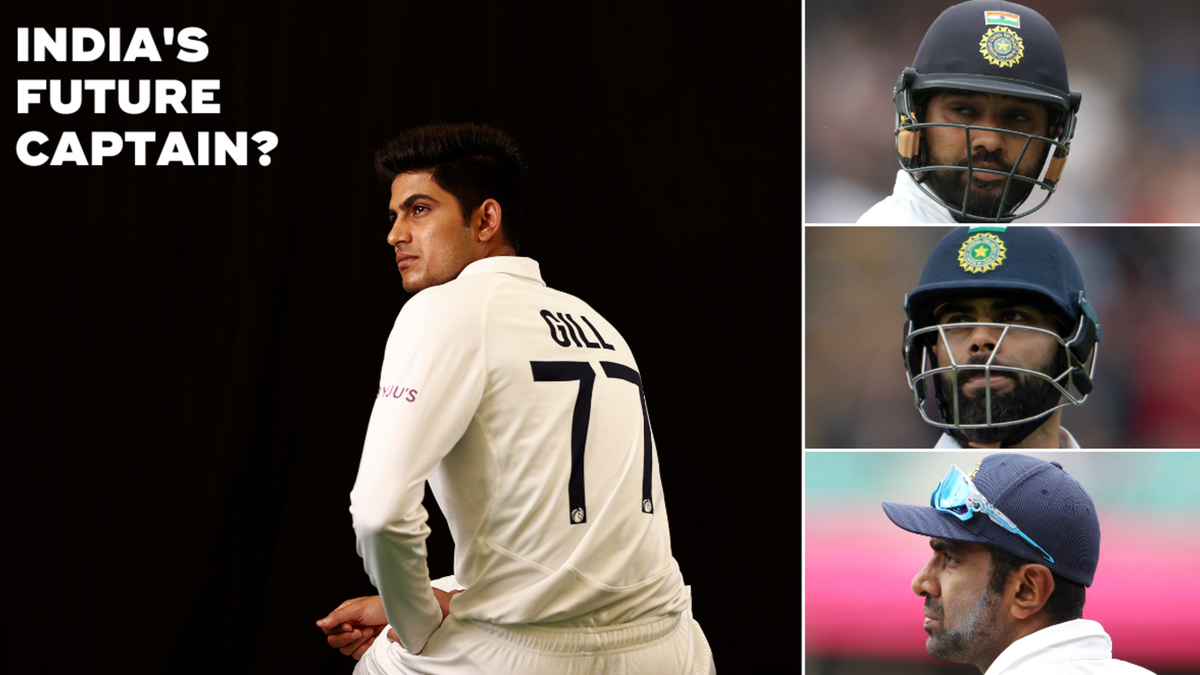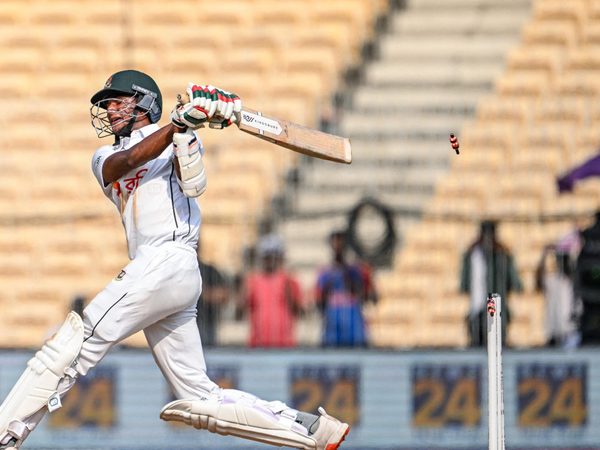
Team transitions are never easy. In the past, great sides have struggled to recreate past glory after their superstars walked away, leaving them with a legacy that was too grand to uphold.
The current India team hasn’t reached its transition phase yet, but there will be a time, not too far down the line, when their mighty unit will start fading away. It’s inevitable.
Fortunately for India, their bench strength runs deep and has been tested to a certain level, at least in limited-overs cricket. In Tests, though, it’s still the dominance of greats. What happens then, when the mid-to-near-mid 30s batch of Rohit Sharma, Virat Kohli, R Ashwin, Cheteshwar Pujara, Ravindra Jadeja, Umesh Yadav (and possibly even Mohammed Shami) all start walking away?
This isn’t to speculate anything – they might still play together for years, but it’s likely that their exits aren’t too far away from each other – in this sport, approaching 40 is usually a closing bell. Here’s what the future might constitute:
Top-order batters
There’s 23-year-old Shubman Gill, considered by many to be the heir apparent to Kohli’s glory. Ever since he wowed at the 2018 U19 World Cup, he looked destined for higher glory. Just over two years into his Test career, he seems set for the long haul. If things continue, he could keep one of the opening spots for years, possibly even lead the side at some point.
Who partners him? KL Rahul is 30, and by convention, should be in his batting prime for a few more years. But, Rahul’s Test fortunes have nosedived of late. He might not return immediately, but if Rohit walks away in the future, India would be tempted to use his 47-Test experience. Or they could go to Mayank Agarwal, but he’s already 32. The leading run-getter in the 2022/23 Ranji Trophy, he should ideally be around the squad right now. But Rohit is unlikely to hang up his boots anytime soon.
There are younger options too. Prithvi Shaw is there, of course. He’s just 23, highly rated, but also tangled up a bit with his red-ball technique. The recent numbers suggest he’s ready to return. Among other candidates, Abhimanyu Easwaran (27) and Priyank Panchal (32) have been knocking on the doors for too long. Their time might have passed though. Among other domestic high-flyers are Prashant Chopra and Dhruv Shorey, both 30.
Younger options are led by Yashavi Jaiswal, who’s jumping levels fairly quickly. And given India’s track record, by the time Rohit is done, another batting prodigy will have popped up.
There’s also the possibility of having Gill at three when Pujara bids goodbye. He played there once in 2021. In terms of No.3 stability, 29-year-old Hanuma Vihari is a proven option, but the runs have deserted him of late.
Middle-order batters
How would you ever replace Virat Kohli? In terms of the position, Shreyas Iyer is likely to be the successor – he’s got the runs, he’s got the backing. But he’s also had his fair share of injuries. At 28, he’s a strong contender, even a potential captaincy candidate.
Suryakumar Yadav could have been an easy choice if we were talking half a decade ago. At 32, he’s closer to the Kohli batch than the Iyer group in terms of age. He could still enjoy a brief stint, but at his age, a one-Test career as it stands can’t have too big a future plan.
Will Hardik Pandya ever return to whites? We can’t be sure.
Oh, there’s 25-year-old Sarfaraz Khan. Surely his time will come? He’s waited too long, and one fears that his greatest peak has come and gone. He’s got plenty of time though. He could perhaps be a real superstar if handled right.
Rishabh Pant will assume his spot once he returns. There’s a good chance he could be a future Test captain too. But there’s also the uncertainty that comes with long injuries and we need to see Pant back on the field before any assessment on his future is made. KS Bharat, 29, has had a look-in already. Ishan Kishan (24) has been part of the squad.
From those far beyond, Rajat Patidar (29) could be the one to keep an eye on.
The spinners
This is tricky. Axar Patel (29), currently being under-bowled as the third spinner behind Ravindra Jadeja and R Ashwin, seems to be a like-for-like replacement for Jadeja in the future. His bowling style is fairly different from Jadeja, and he’ll have to develop his overseas record to be able to enjoy the same role. His rapidly-improving batting is a big plus.
R Ashwin’s absence will probably hurt the biggest. India doesn’t have a real replacement lined up for him. Among the off-spinners tried is Washington Sundar, who can bat too, but has never looked as incisive as Ash. It’s really where India will have to tap into their domestic resources. Jayant Yadav shadowed Ashwin for a while, but he’s 33 himself now. So is Shahbaz Nadeem. An interesting choice could be nurturing Shahbaz Ahmed – he was good with bat and ball this season, and is another in the Axar mould.
A lot of expectations rest on Kuldeep Yadav. He’s 28, has played internationals for six years, but has never been able to quite establish himself in Tests due to the Jadeja-Ashwin duopoly. Leggie Rahul Chahar was once a serious option, but has fallen off the radar now. He’s still only 23. 29-year-old Saurabh Kumar has been prolific too and has also had a taste of the senior squad. And he can bat a fair bit. Among two younger options are Shams Mulani (25), Kumar Kartikeya (25) and R Sai Kishore (26), but it would take a few more seasons for them to come close to the conversation.
The quicks
India’s golden generation of seamers has been arguably their biggest strength. Mohammed Siraj, 29, is an easy choice to be the next pace spearhead. He’s put together a stellar record already, and he seems to have the mindset and temperament to carry the legacy forward.
That title should have been with another 29-year-old, Jasprit Bumrah, but there’s a big question mark over his fitness and what the future could offer.
31-year-old Jaydev Unadkat, currently in the squad, can be a suitable option for the next few years. He has a proven first-class record, and has played enough internationals to showcase his worth to the India side. They could even give, Shardul Thakur, also 31, another look.
Prasidh Krishna (27) was being earmarked for a future role, but a long-standing injury has pushed him down the pecking order. Navdeep Saini (30) hasn’t played much in the last couple of years, T Natarajan (31) has almost disappeared from the limelight he once enjoyed.
In terms of pure pace, capped options Umran Malik (23) and Kuldeep Sen (26) come to mind, but their red-ball potential is yet to be fully tested: Umran has played seven first-class games, while Kuldeep’s last two seasons have fetched nine wickets combined. Arshdeep Singh‘s white-ball skills show promise, but at 23 he has still only played seven first-class games.
Casting the net wider would mean looking at other domestic options: Avesh Khan, Akash Deep, Chetan Sakariya and Ishan Porel were among the wickets, but are probably far from Test level. Avesh and Porel have had regular fitness problems too.
It won’t be an easy task. It can never be. But it will also be an opportunity to start afresh with a clean cut and shape the way for the next generation of superstars.








